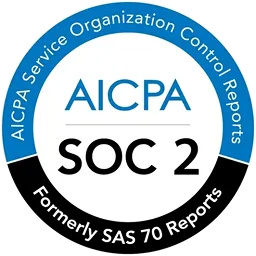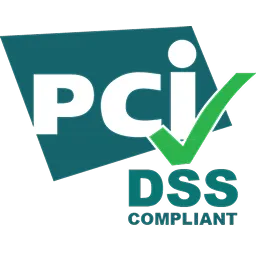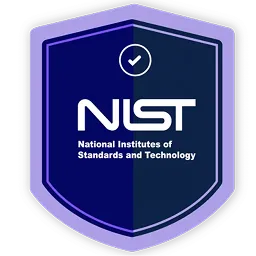The IT ticketing process streamlines issue resolution and optimizes workflow efficiency. Inefficient ticket handling can hinder your ability to manage critical situations effectively. Hence, adopting some key steps is crucial to enhancing the service desk ticket handling process.
Managing service desk tickets efficiently is a common challenge for IT managers. The process can become chaotic, leading to delayed resolutions and frustrated users. Without a clear and structured approach, your team might struggle to keep up with the volume of requests, making your job more stressful and less effective.
The solution lies in understanding and implementing a well-defined service desk ticket handling process. This article outlines the five stages and key strategies that can transform how your team manages tickets.
Let’s know more about service desk ticket handling process.
What Is the Service Desk Ticket Handling Process?
The employee service desk ticket handling process is the systematic approach of an organization's IT support team. This approach manages and addresses employee-reported requests or inquiries related to IT services and access to systems.
The process typically involves receiving, categorizing, prioritizing, assigning, tracking, and resolving employee service desk tickets. The goal is to ensure that employee IT-related issues are addressed promptly, accurately, and to the employees' satisfaction. This minimizes disruptions to workflow and maximizes productivity.
Benefits of Proper Employee Service Desk Ticket Handling Process
- Efficient Issue Resolution: A well-defined ticket-handling process ensures that employee issues are addressed promptly and efficiently, leading to faster problem resolution and minimal downtime.
- Enhanced Communication: Clear ticket handling procedures facilitate transparent communication between employees and IT support teams, ensuring that requests are understood and resolved accurately.
- Improved Accountability: A structured ticketing process assigns responsibilities and timelines for issue resolution, promoting accountability among IT support staff and ensuring timely ticket follow-up.
- Data Analysis and Reporting: By documenting all employee service requests and resolutions, the ticket-handling process provides valuable data for analysis and reporting, enabling IT teams to identify trends, recurring issues, and areas for improvement.
- Enhanced Employee Satisfaction: Effective ticket-handling processes result in better service delivery, increased employee satisfaction, and a positive user experience, ultimately contributing to improved productivity and morale within the organization.
Stages of Service Desk Ticket Handling Process
The service Desk Ticket Handling Process comprises various stages. Each stage plays a crucial role in efficiently managing and resolving employee-reported IT issues. Let's explore these stages in detail to understand how a well-structured ticket handling process contributes to streamlined IT support operations.
1: Ticket Submission
Employees submit service desk tickets through designated channels such as email, a ticketing system, or a self-service portal. The ticket should include relevant details such as the nature of the issue, its impact on work, and any troubleshooting steps already taken.
2: Ticket Categorization and Prioritization
Upon receiving a ticket, the service desk team categorizes it based on the type of issue (e.g., hardware, software, access-related) for proper handling. Tickets are prioritized based on urgency and impact. Critical issues that severely impact productivity or operations are prioritized over less urgent matters.
3: Ticket Assignment to the IT Admin
The categorized and prioritized ticket is then assigned to an IT administrator or technician responsible for resolving such issues. Assignments may consider factors such as the admin's expertise, workload, and availability.
4: Investigation of the Employee Data
The assigned IT admin reviews the ticket details and may gather additional employee data and access request reasons to fully understand the ticket request. This stage involves troubleshooting and diagnosing the problem to identify the root cause.
5: Ticket Resolution & Closure
Once the issue is identified and resolved, the IT admin implements the necessary fixes or solutions. The ticket is updated with the resolution details, and the employee is notified of the resolution. After verifying that the employee is satisfied with the resolution, the ticket is marked as resolved and closed.
Each stage in the Service Desk Ticket Handling Process is crucial for effectively managing employee-reported IT issues, ensuring timely resolution, and maintaining a high level of employee satisfaction with IT support services.
Key Strategies ToHandle Service Desk Tickets Efficiently
Effective service desk ticket management is crucial for ensuring smooth IT operations and delivering quality support to employees. Some key strategies that IT teams can implement to handle service desk tickets efficiently are discussed below. Let's explore these strategies and understand how they can help IT admins effectively manage and resolve service desk tickets.
1: Establish a Structured Ticketing Workflow
Implementing a structured ticketing workflow involves defining clear processes, roles, and responsibilities within the IT support team. This includes guidelines for ticket submission, categorization, prioritization, assignment, resolution, and closure.
A structured workflow ensures tickets are handled consistently and efficiently, reducing confusion and delays in resolving employee-reported issues.
2: Stay Updated on Ticket Status
IT admins should regularly update and track ticket statuses within the ticketing system. This includes monitoring pending tickets, in-progress tickets, and resolved tickets.
Staying updated on ticket status enables admins to prioritize tasks effectively, address urgent issues promptly, and provide timely updates to employees regarding their ticket status.
3: Validate Service Requests Before Proceeding
Before taking action on a service request or issue, IT admins should validate it to ensure it aligns with organizational policies, procedures, and service level agreements (SLAs).
Validating service requests helps prevent unauthorized actions, ensures compliance with security protocols, and minimizes the risk of errors or misconfigurations.
4: Notify IT Admins of Critical Events
Implement automated notifications and alerts to notify IT admins of critical events or high-priority tickets requiring immediate attention.
Critical events may include system outages, security breaches, or major disruptions impacting business operations. Timely notifications help IT admins prioritize and address these events promptly.Zluri allows you to view specific events for each application so that you can always stay updated and informed. In the image below, you can see how Zluri lets you view specific events for each application along with its comprehensive risk assessments.

5: Monitor Key Performance Indicators (KPIs)
Define and monitor key performance indicators (KPIs) related to ticket handling, such as average response time, resolution time, first-call resolution rate, customer satisfaction scores, and ticket backlog.
Monitoring KPIs provides insights into the ticket-handling process's efficiency and effectiveness, identifies improvement areas, and ensures continuous performance optimization.
6: Opt for Self-Service Portal for Ticket Resolution
Implementing self-service portals empowers employees to resolve common IT issues or requests independently without creating tickets.
Self-service portals reduce ticket volume, alleviate the workload on IT admins, and enable faster resolution of simple or routine issues. This improves overall efficiency and employee satisfaction.

Zluri offers a self-service portal specifically designed for managing IT tickets, particularly for access requests. It revolutionizes access request management by automating complex processes and reducing manual workload. This feature is particularly crucial in addressing the prevalent IT ticketing issues related to software access, ensuring smoother operations and enhanced user satisfaction.
As per KuppingerCole's research, Zluri's self-service streamlines access requests, enhancing employee experience and easing IT team workflows. Further, organizations can eliminate access delays, reduce errors, and maintain robust security and compliance standards across various regulatory frameworks like CCPA, SOX, & GDPR.
With Zluri, organizations can eliminate access delays, reduce errors, and maintain robust security and compliance standards across various regulatory frameworks like CCPA, SOX, & GDPR.
Key features
- Multi-step Approval Workflows: Zluri enables organizations to establish intricate approval processes for access requests. Managers receive notifications through customizable workflows via Slack, ensuring swift and informed decision-making.
- Auto-Provisioning: Once approvals are obtained, Zluri seamlessly automates the granting or revoking of access to specified applications. This automated process eliminates manual intervention, enhancing workflow efficiency.
- Employee App Catalog: Zluri's intuitive Employee App Catalog empowers employees to easily request and access applications. This user-friendly experience enhances productivity by providing quick access to essential tools.
- Streamlined Approval Process: Zluri simplifies the approval process by replacing ticket-based systems with a streamlined approach. Approvers can swiftly approve or deny requests with a single click, reducing delays and improving operational efficiency.
- Automated License Assignment: Post-approval, Zluri automates license assignment, optimizing resource allocation and minimizing manual efforts. This feature ensures seamless access provisioning for employees.
- Customizable Approval Policies: Zluri allows organizations to tailor approval policies to their specific workflows and compliance standards. This customization ensures flexibility and efficiency in managing access requests.
- Slack Integration: Zluri seamlessly integrates with Slack to automatically notify approvers of pending requests. This integration facilitates timely reviews and decision-making, contributing to a more responsive access request management system.
- Override Stalled Requests: Zluri allows administrators to override stalled requests, preventing delays in access provisioning. This feature ensures uninterrupted operations and enhances user satisfaction.
Zluri's robust features streamline access request management, ensuring compliance and boosting productivity. Schedule a demo today to witness the efficiency firsthand.
Master Service Desk Ticket Handling Process
In conclusion, we have discussed the main stages of the service desk ticket handling process and explored key strategies for handling tickets efficiently. Organizations can ensure efficient ticket handling by establishing structured workflows and implementing self-service portals.
Efficient ticket handling is essential for maintaining smooth IT operations, improving response times, and delivering quality support to employees. By adopting these strategies, organizations can effectively manage their service desk tickets and provide quality support to employees.
FAQs
1: How does automation help make ticket handling faster and more efficient?
Automation helps make ticket handling faster and more efficient by intelligently routing tickets to the right IT personnel, implementing self-service options for employees, sending automated notifications for updates, and ensuring compliance with Service Level Agreements (SLAs) through automated escalations. This reduces manual effort, improves accuracy, and accelerates response times, enhancing productivity and customer satisfaction.
2: How are service desk tickets tracked and monitored?
Service desk tickets are tracked and monitored using ticketing systems or help desk software. These tools enable service desk teams to log, update, and track the status of each ticket throughout its lifecycle. Ticketing systems also provide visibility into key metrics such as ticket volume, resolution times, customer satisfaction ratings, and overall service desk performance, allowing for continuous improvement and optimization of the ticket handling process.
3: What role does data analytics play in optimizing the service desk ticket handling process?
Data analytics is crucial in optimizing the service desk ticket handling process by providing insights into ticket trends, response times, resolution rates, and customer feedback. Analyzing this data helps identify areas for improvement, fine-tune workflows, allocate resources efficiently, and make data-driven decisions to enhance service desk operations and deliver better IT support experiences.






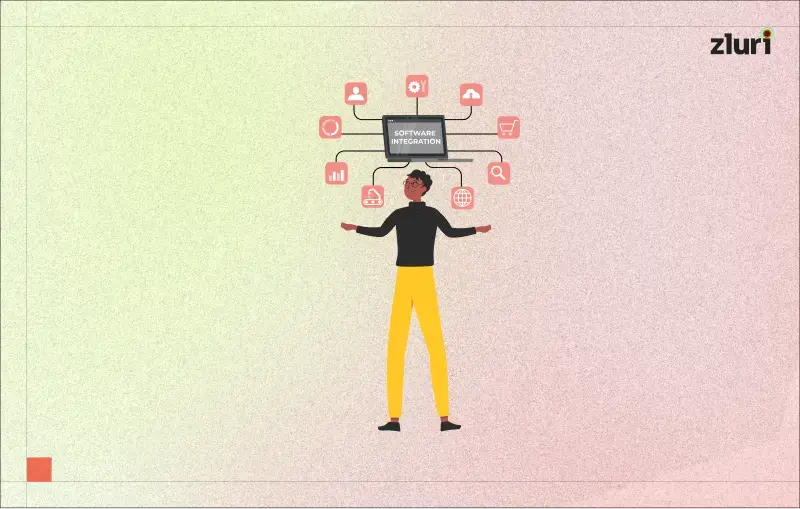

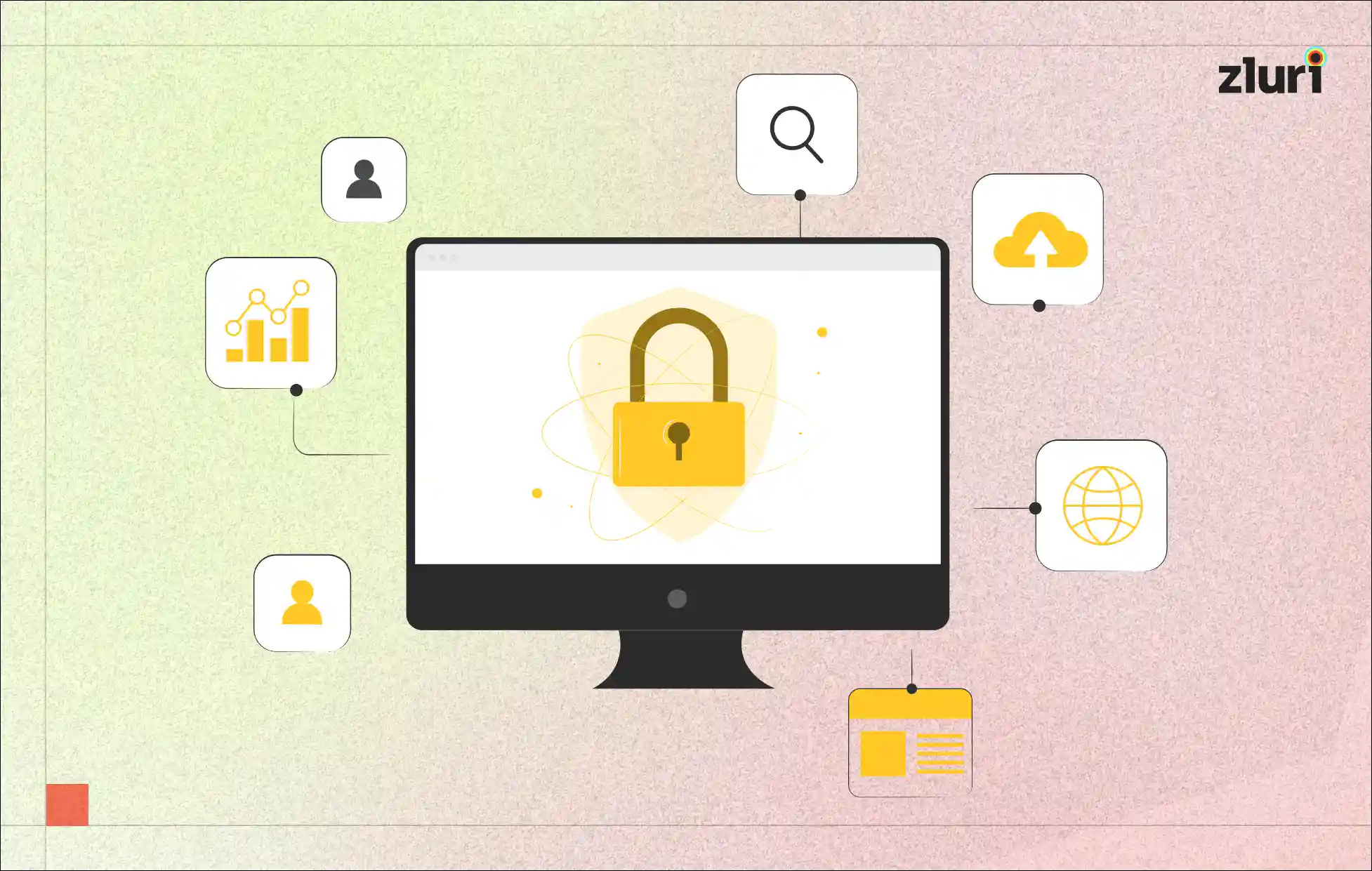
.svg)



